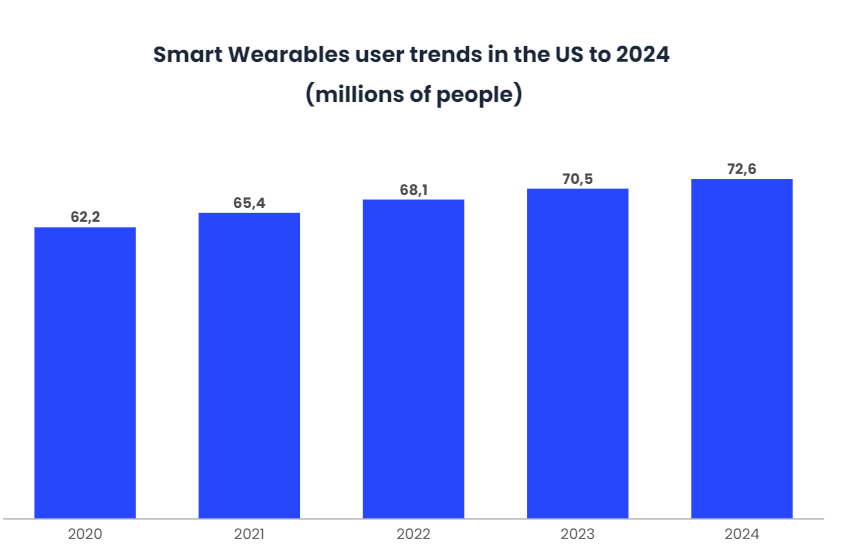The wearables market is booming due to increasing demand. There is a huge increase in the supply of these smart devices, especially in the health-related field. More than 80% of global consumers are willing to use this type of technology to monitor their vital signs and physical activity, among other uses.

Global user spending on wearables is expected to increase by 18.1% to $81 billion by 2021. Increased interest in health monitoring due to the COVID19 pandemic has been a major factor in driving the growth of this market.
Nuevos sensores e impulso de la miniaturización
Wearable manufacturers are increasingly concerned with improving the accuracy of their products, which is driving the various categories of wearable devices.
Firstly, the quality of the integrated sensors is an indispensable factor in defining the reliability and usefulness of the product. The accuracy of these sensors is increasing day by day, resulting in more precise measurements. Also, rapid advances in terms of miniaturisation are enabling manufacturers to integrate ever smaller sensors and thus reduce the size of devices, as is the case with the Spire health Tag or the Oura ring. A further 10% reduction in the size of current wearables is expected by 2024.
New technologies and devices that are emerging in the field of wearables, and which at the same time feature new types of sensors or have undergone downsizing, are:
New biosensors are no longer the same as smartwatches. For example, the Philips wearable is a self-adhesive patch that allows the wearer to perform normal physical activity while collecting data on their heart rate, respiratory rate, temperature and amount of movement. These new biosensors have the ability to prevent the deterioration of the wearer’s health, reducing the likelihood of cardiac or respiratory arrest by monitoring the wearer’s daily physical condition. The sensors or biosensors can also be integrated into clothing, helping to monitor physical health parameters remotely.
These monitors have the ability to measure electrocardiograms, unlike the monitors that some smartwatches have. This is the case of ECG Move, which is able to perform an electrocardiogram and detect atrial fibrillation, and immediately send the reading to the user’s doctor. These wearables can, in turn, automatically track sports activity such as walking, running, swimming or cycling, measuring pace and distance.
Omron Healthcare’s HeartGuide may look like a typical smartwatch, but this device is the first wearable oscillometric blood pressure monitor. This device can hold up to 100 readings in memory and be transferred to the HeartAdvisor app, for review and optimisation of the user’s health status. All this information can be stored and shared with the relevant doctor. It can also be used to determine personal habits that affect arterial health so that they can be corrected.
Smart rings, such as Oura’s, work like a smartwatch. Smart Rings use NFC for quick access to the information that is collected and even allow payments to be made with it. Smart Rings generally do not have a display, but in return they have a long battery life. With an Oura ring you can track your sleep, monitor your heart rate, check your breathing rate and also your body temperature.
Biometric wearables for worker safety and disease detection in Industry 4.0
The use of wearables need not be confined to the consumer alone; these devices can present a significant opportunity for businesses. The implementation of IoT devices has allowed processes to be optimised, making them more efficient and reducing costs.
The use of wearables in Industry 4.0 represents a great opportunity for supply chains and factories, allowing them to optimise and monitor the performance of their workers on the shop floor, as well as providing more comprehensive real-time data and alerts. In addition, they can be used in pre-existing device applications to enable portable use of devices, such as controlling inventory management, plant maintenance scheduling, etc. All from the wrist of the worker’s hand.
Another use case is that of field service technicians, as wearables add greater convenience to their outdoor tasks, maintaining faster and more efficient communication with the customer, as well as more agile mobility.
The data collected by wearables can influence business decisions and further optimise employee skills and process performance. These devices can also inform companies about problems with their products and services. This data can then be used both to modify and adapt the product to the consumer’s wishes, as well as to minimise the need for maintenance and repair.
Some of these new technologies and competitors in the market for the coming months are:
- Panasonic connectors for wearables
Panasonic has created connectors for different sensor modules in order to run smaller devices. This series of connectors is called R35K. They are narrow pitch connectors from board to FPC which allows for a smaller footprint, providing fatigue and impact resistance. The connectors have a single-row terminal structure, instead of two rows as in the connectors used so far. These Panasonic connectors are suitable for integration into wristbands, headsets and AR/VR glasses.
- Vuzix Next-Gen AR smart glasses
These glasses are intended for use by doctors and business people. These glasses include the M4000 Longevity series which brings clarity through an AR overlay powered by the Snapdragon XR1 processor. This model of glasses features a DLP display, 4K camera, GPS module and navigation buttons. It also includes different connectivity options, speakers and microphones, voice navigation, touchscreen and 64GB of on-board storage. It also provides three-axis head tracking, accelerometer and integrated magnetic witch.
- Glucometer by Quantum Operation Inc
Quantum Operation has solved the problem of installing a glucometer with a sensor that uses light to take blood sugar readings without the need for a needle. Quantum Operation along with Apple Watch will introduce this technology in late 2021 in the Apple Watch Series 7, but they are not the only ones, Samsung’s Galaxy Watch series also plans to add a glucometer.
Biospectal OptiBP aims to measure blood pressure with a quality similar to that of a traditional cuff. This sensor uses the lens of a smartphone camera to record and measure a user’s blood flow over their fingertip in about 20 seconds. Admittedly, not all cameras can perform this function, but the cameras of the latest devices on the market offer excellent results.
OptiBP’s algorithm and methods of capturing the optical signal through the blood flow in the skin convert the light information into blood pressure values. The Biospectal app for Android is currently in beta, but is already available for a large number of countries, including Spain.
- LifeQ integrated into Xiami’s smartwatch
The ability to measure blood oxygen through wearables is made possible by LifeQ, which has incorporated it into the new Xiami Mi smartwatch. LifeQ has developed, in conjunction with Texas Instruments, a sensor capable of intercepting four types of electromagnetic waves through the wearer’s skin, allowing the device’s algorithm to isolate specific biometric signals for accurate results, without the need for additional power consumption. The sensor uses multiple diodes to detect the different wavelengths that correspond to the desired information. Being able to measure the amount of oxygen in the blood continuously can benefit people with pneumonia or lung diseases that require continuous monitoring of oxygen saturation.
Conclusions
There is a rapid increase in the adoption of wearables at both the consumer and enterprise level, which in the case of companies helps to optimise and improve the performance of various processes leading to a more personalised and feature-rich CX. Furthermore, when wearables are combined with technologies such as AI and ML, companies will be able to take full advantage of the data collected with these tools to regulate and optimise their work methodology as well as their production processes.
The use of wearables in the US has increased from 9% to 33% in just four years, and this is a figure that will increase as new functionalities are added to make life easier for users, in line with their simplicity and convenience. In addition, the connectivity of these devices will expand as more accurate sensors are developed.






















